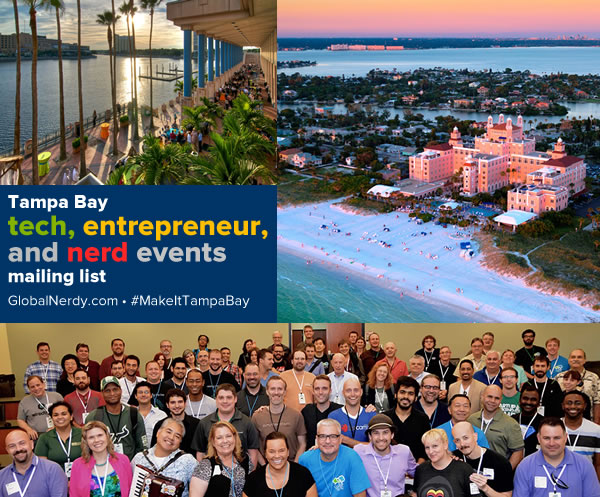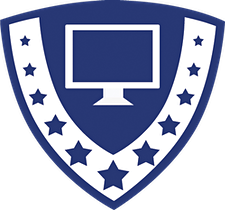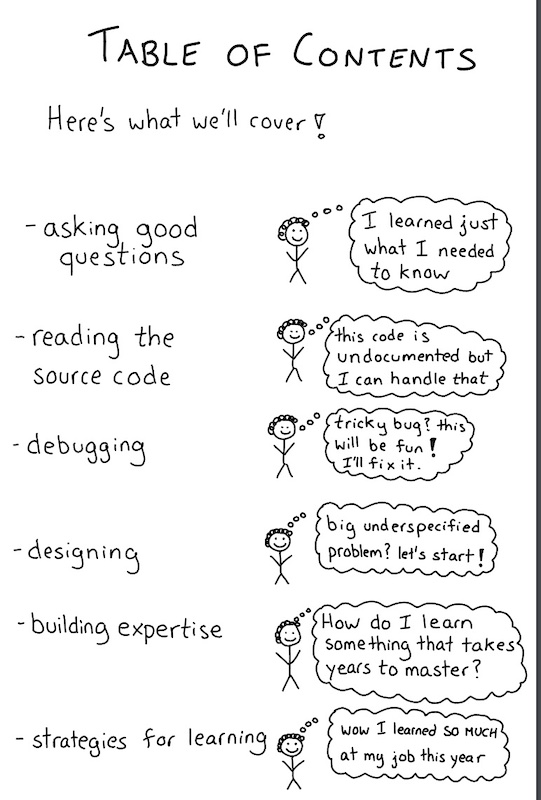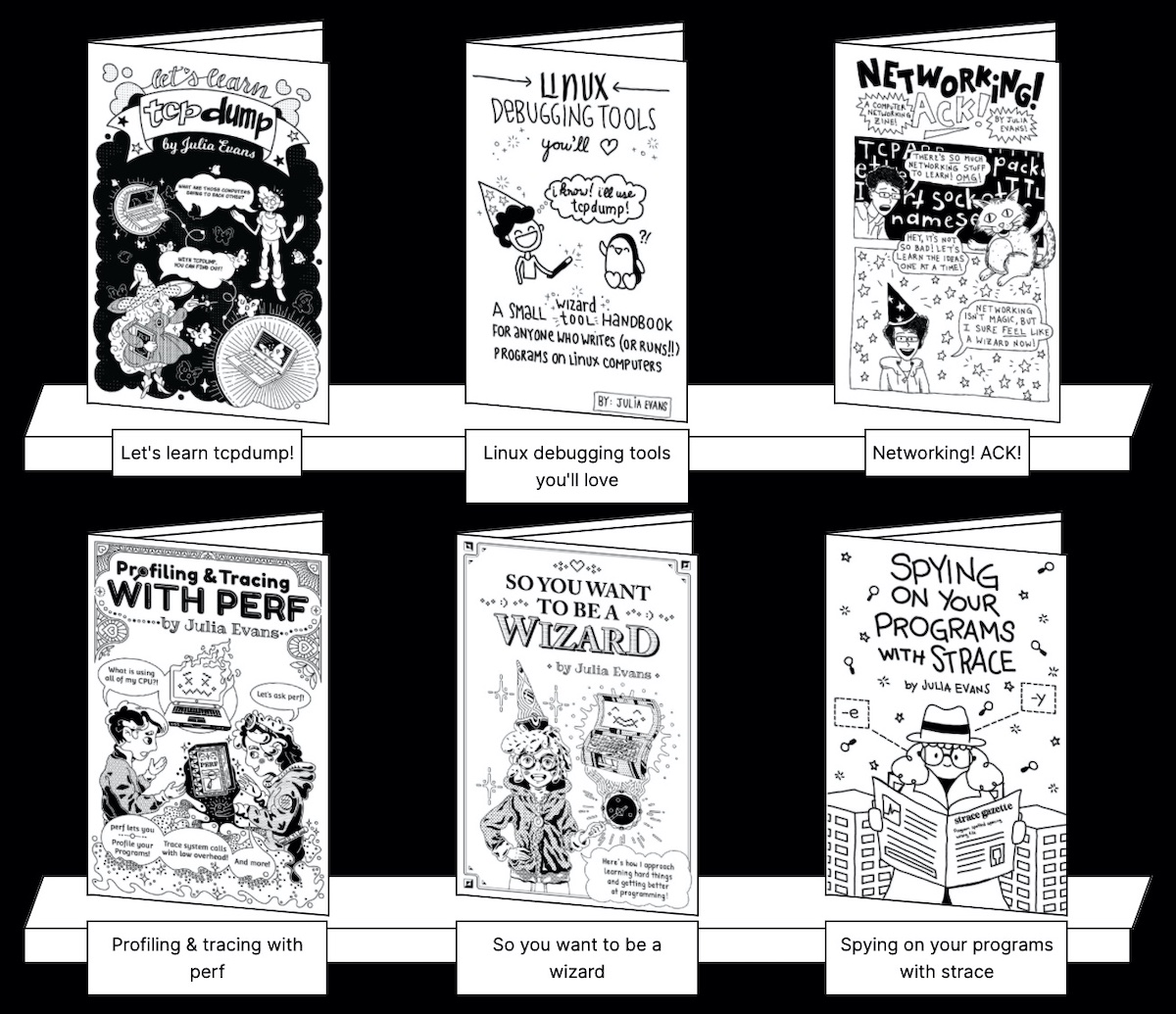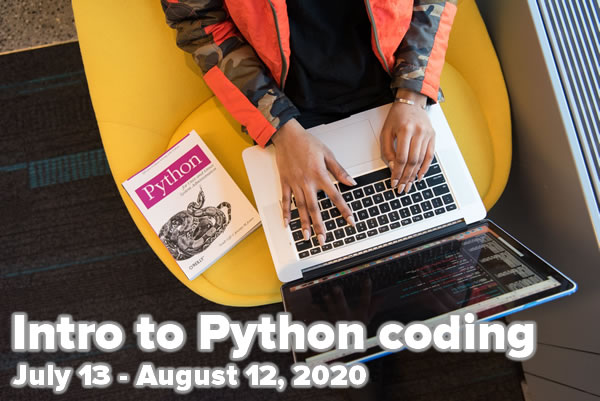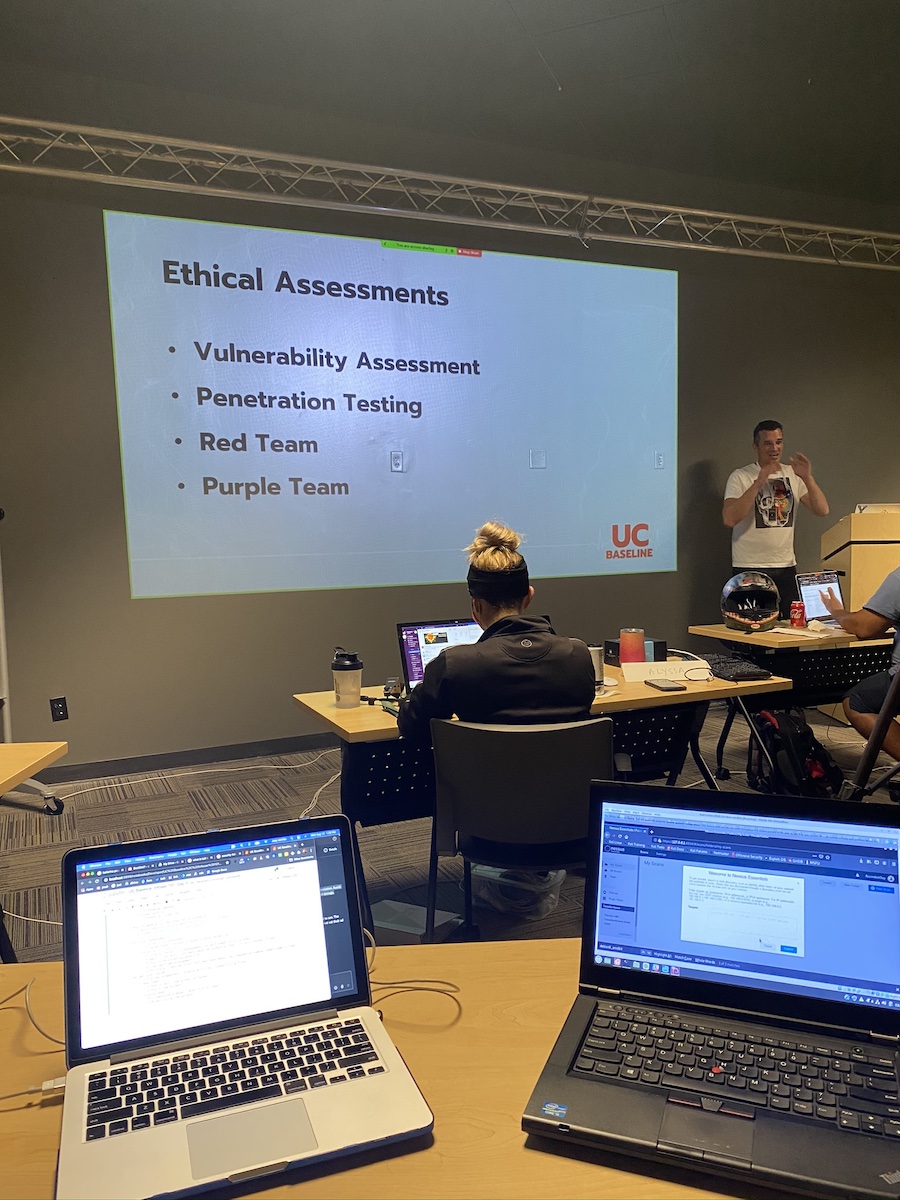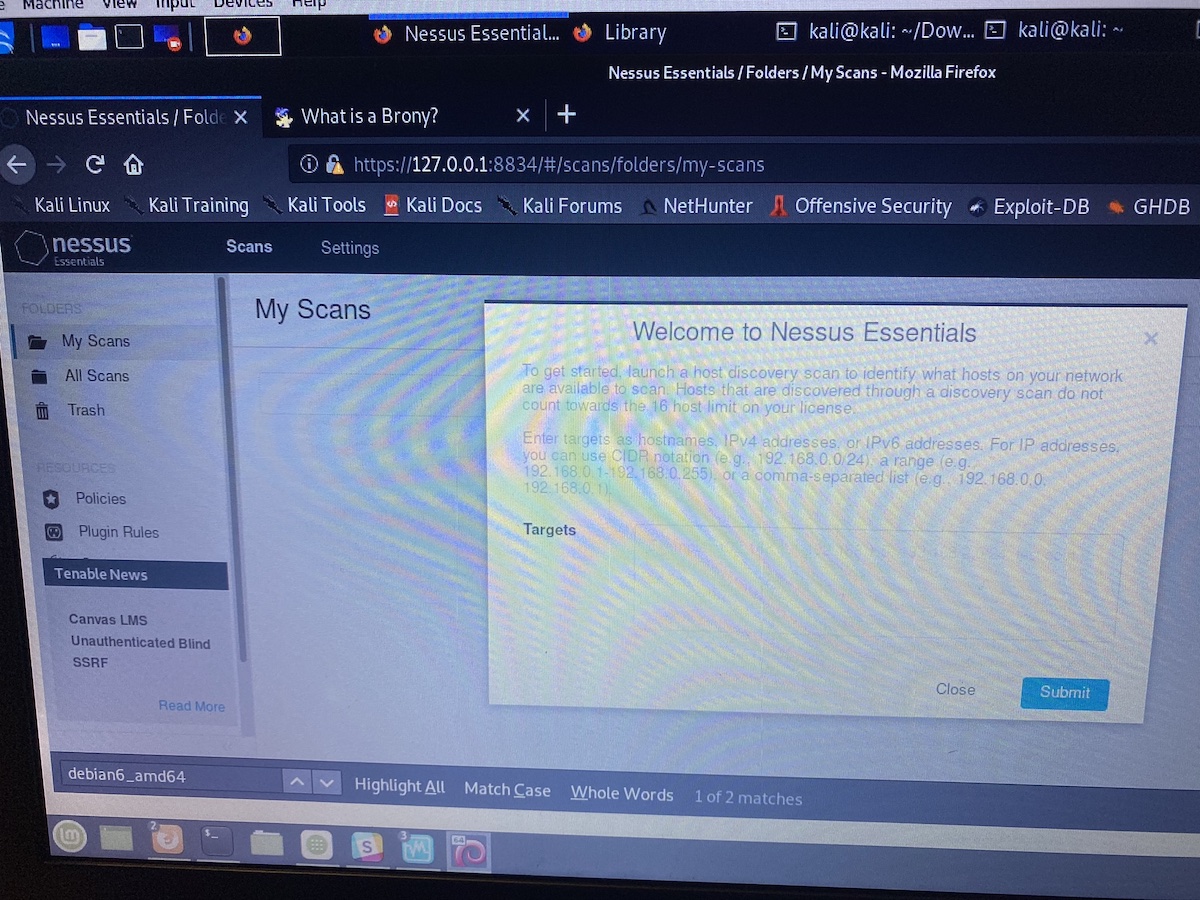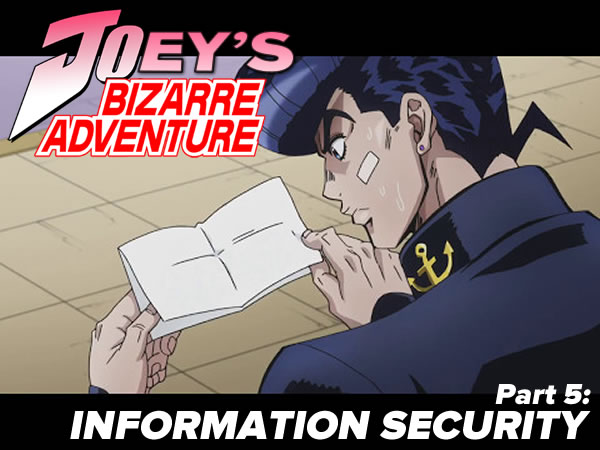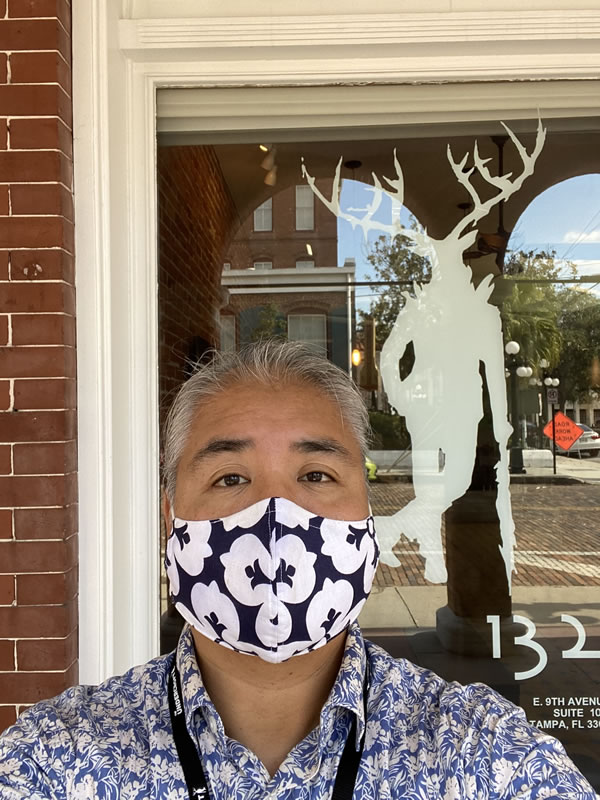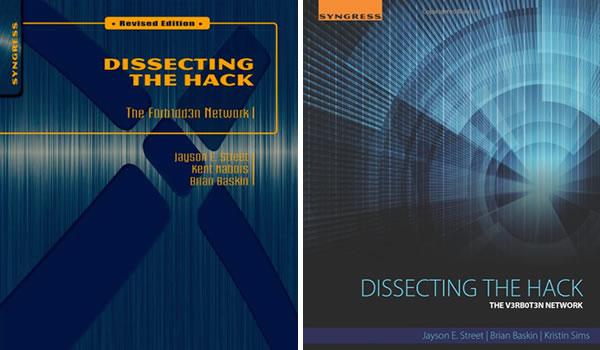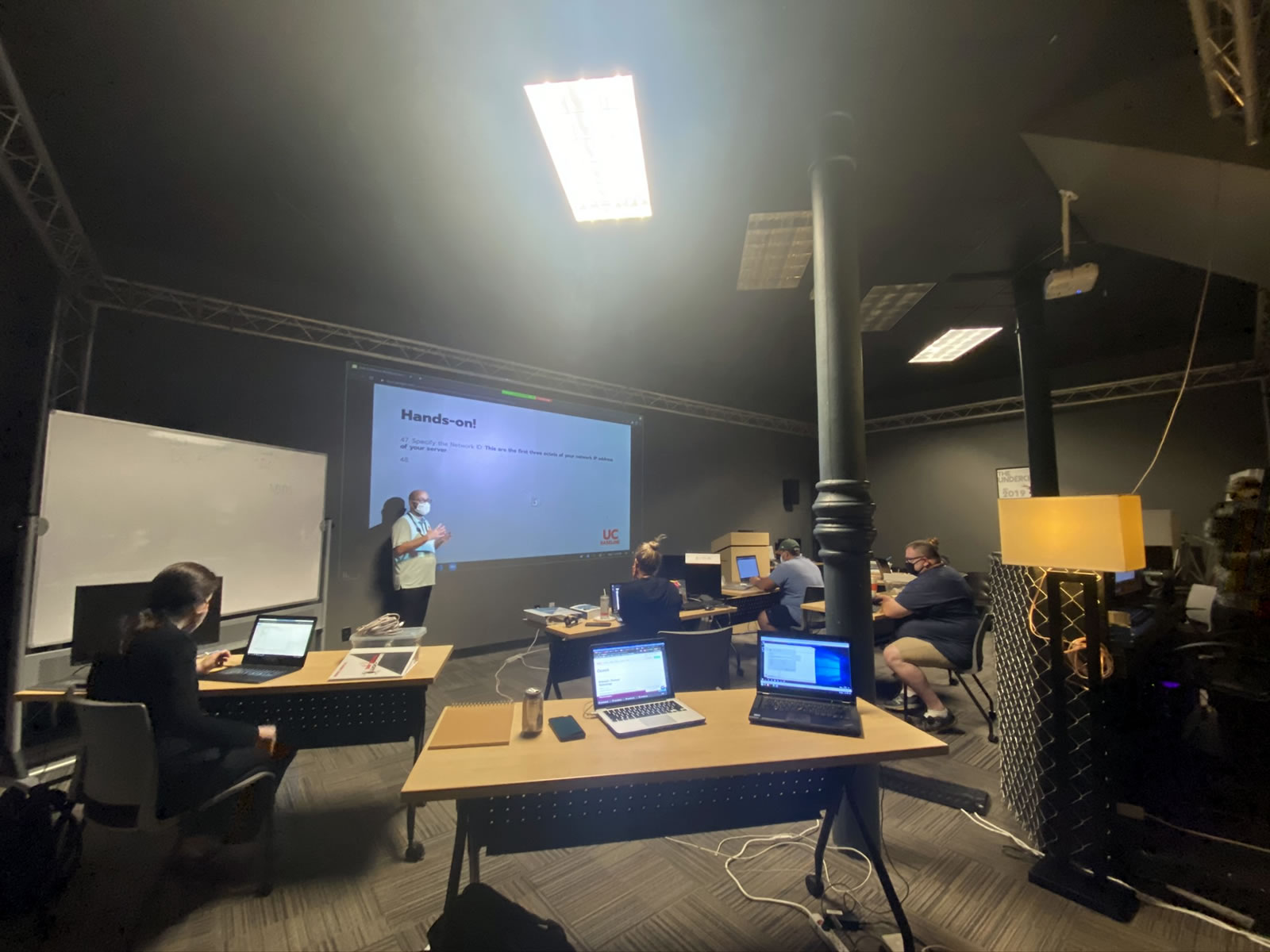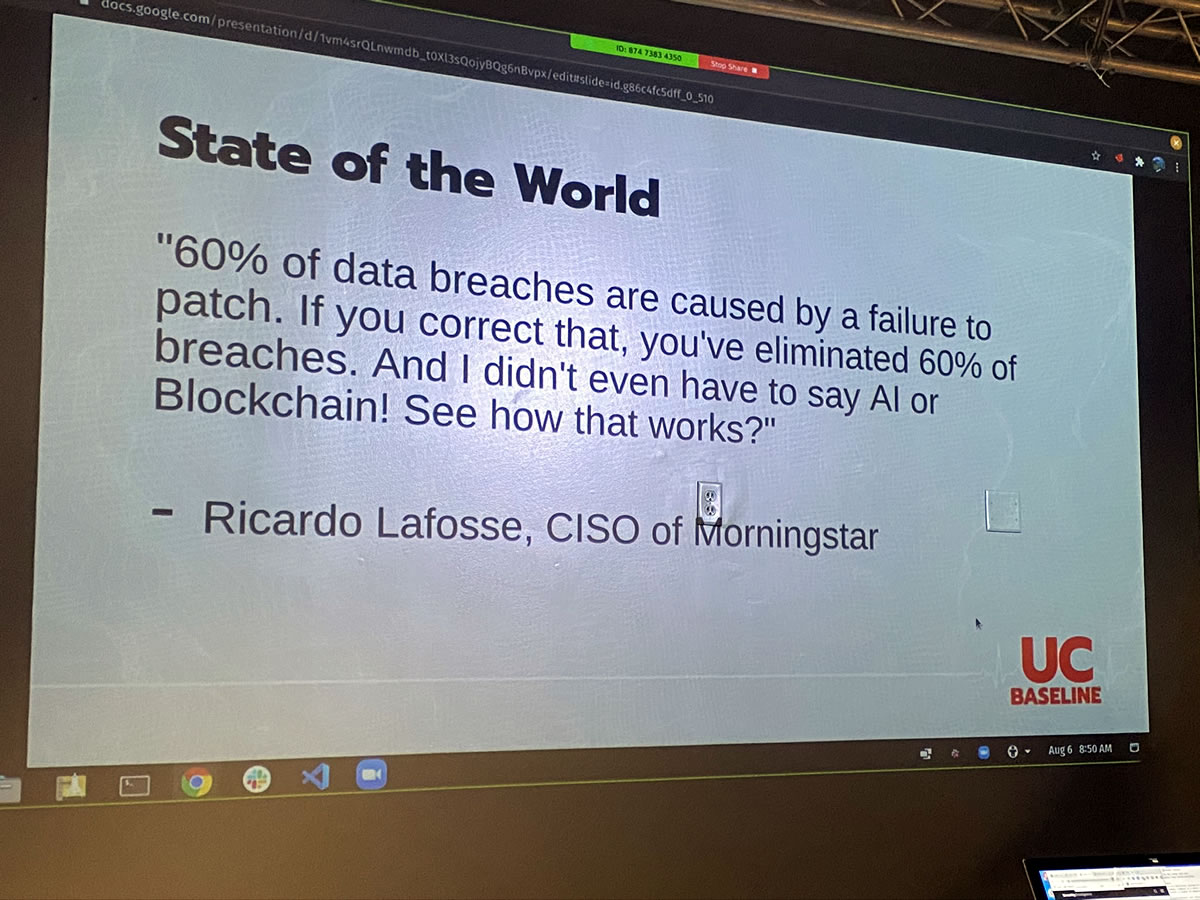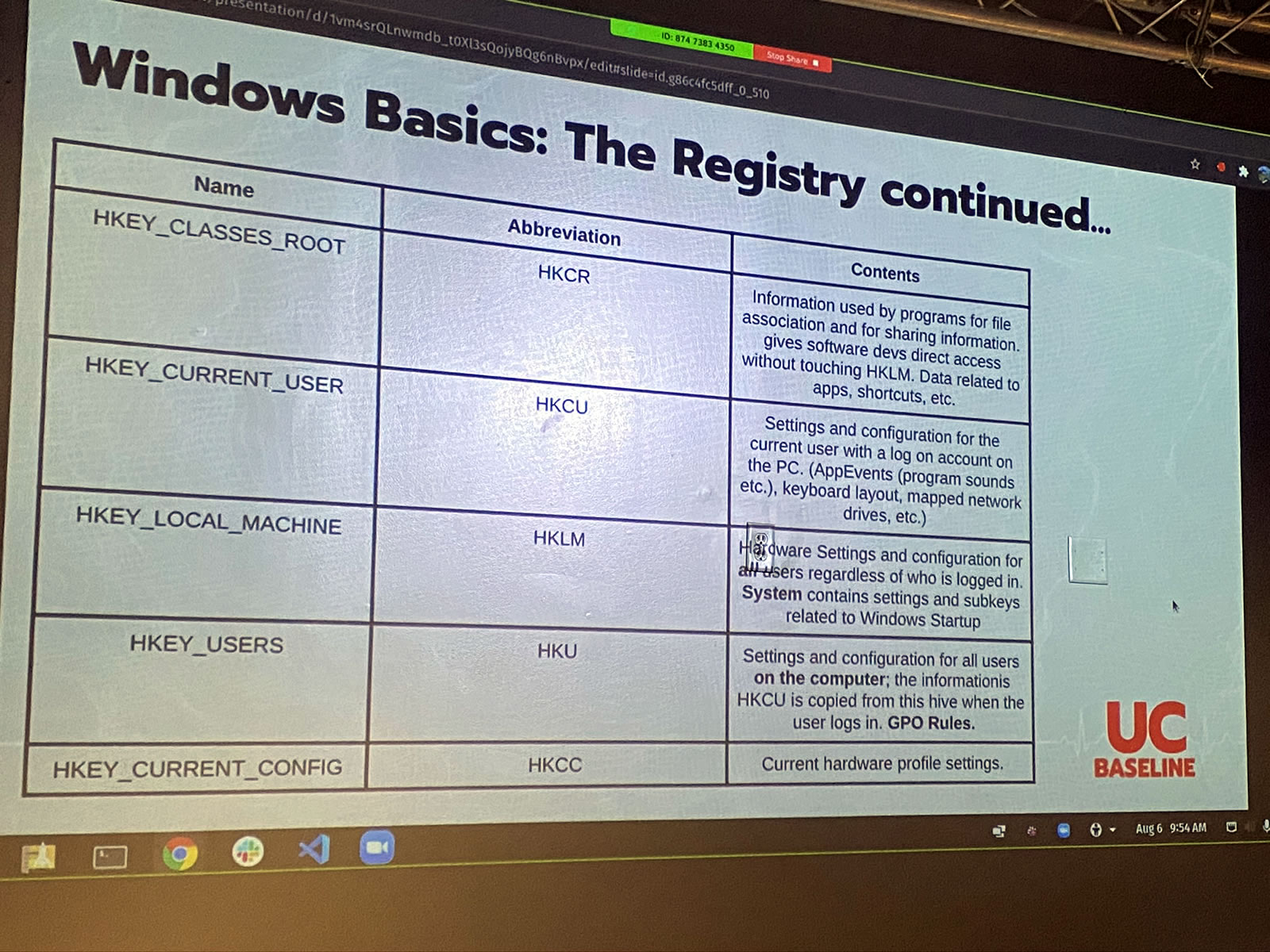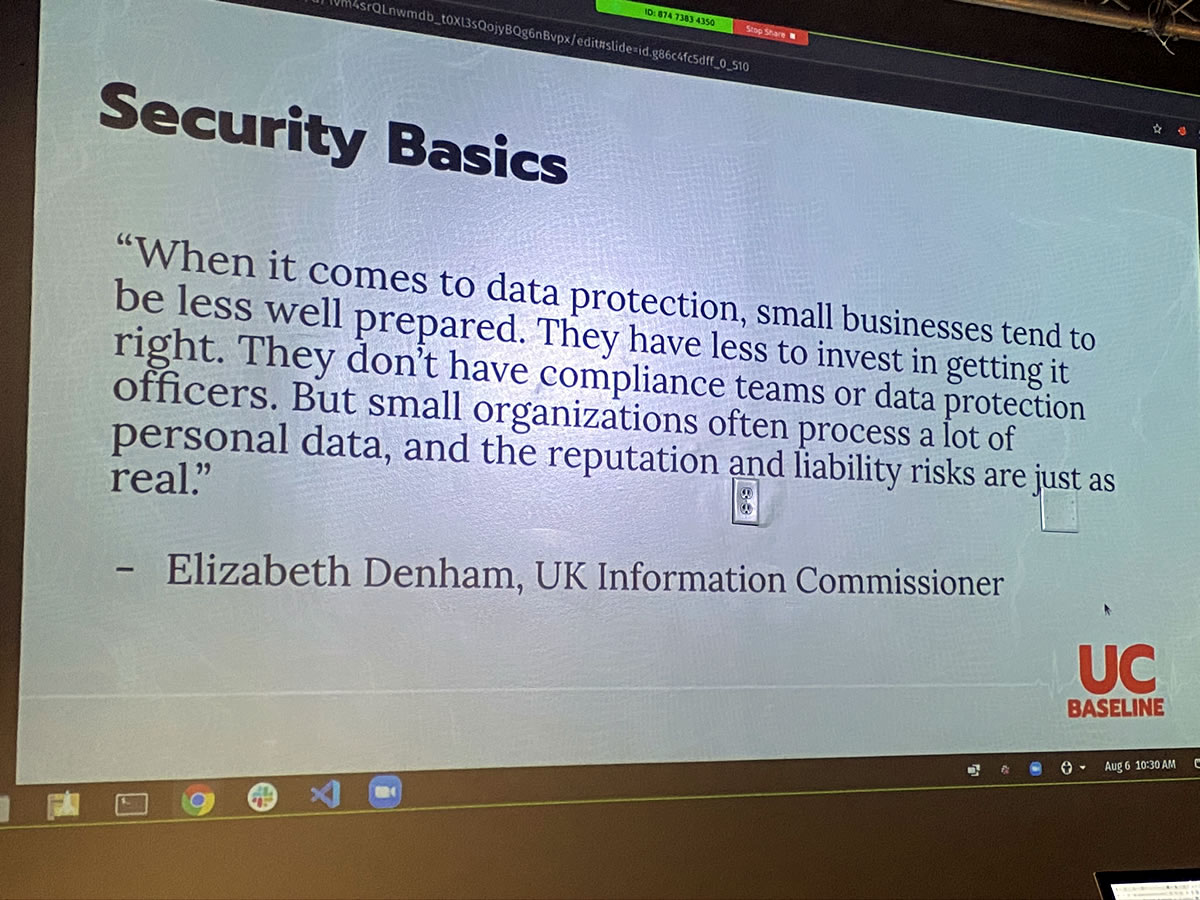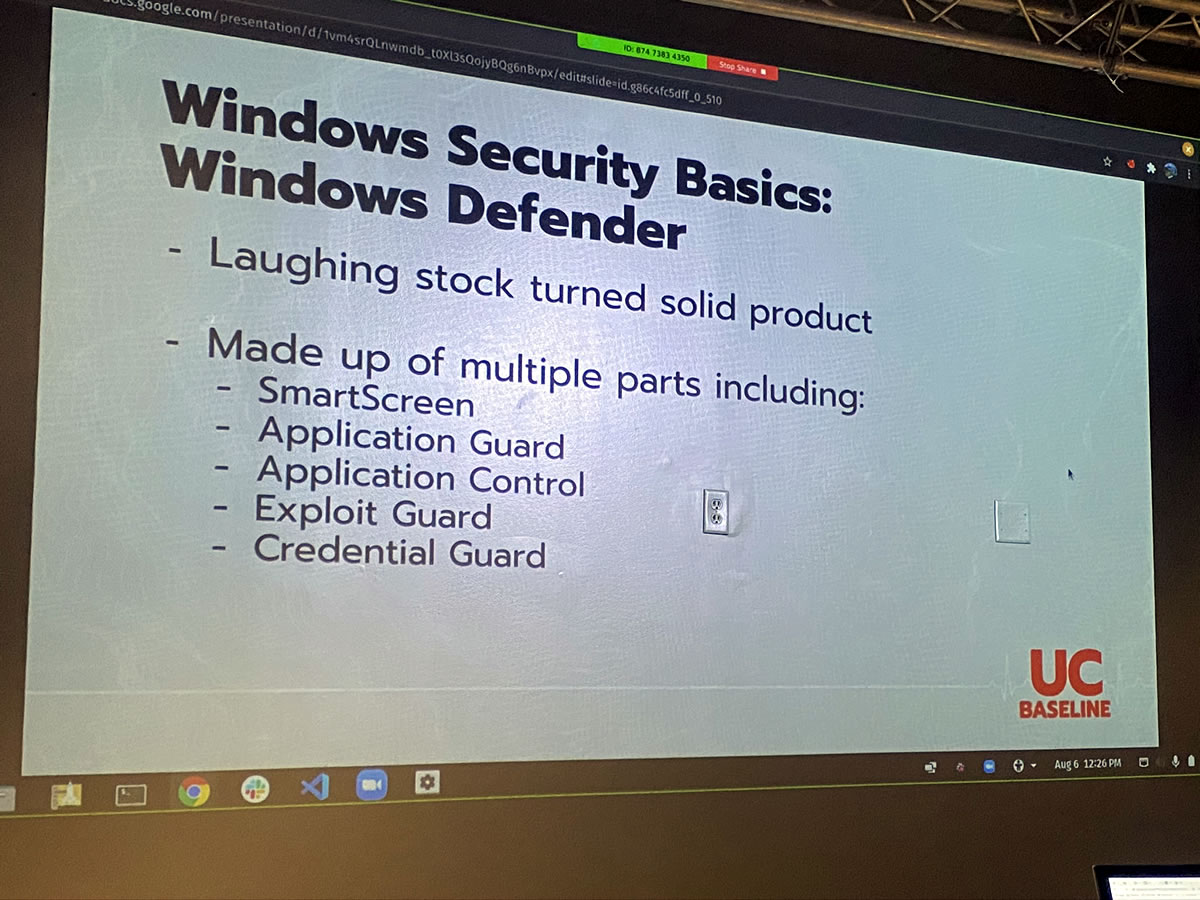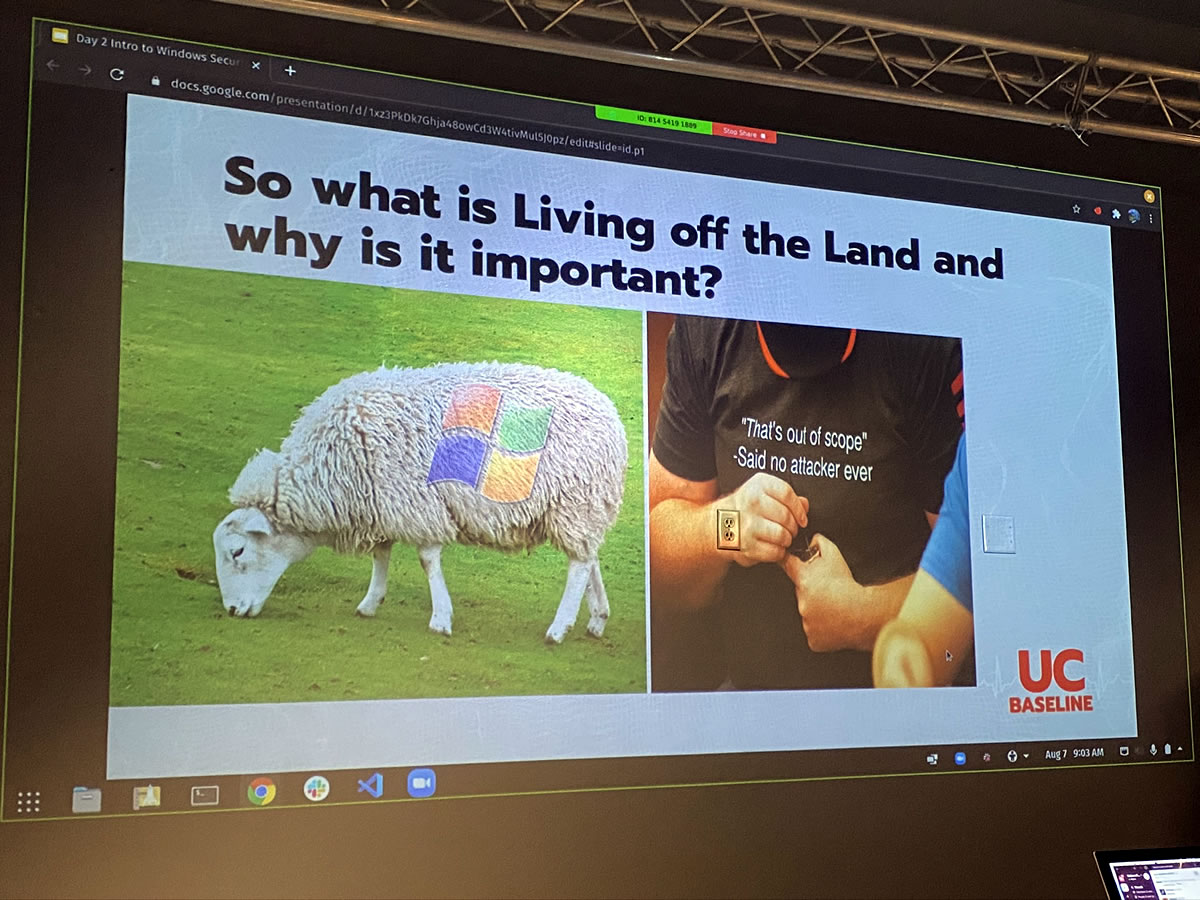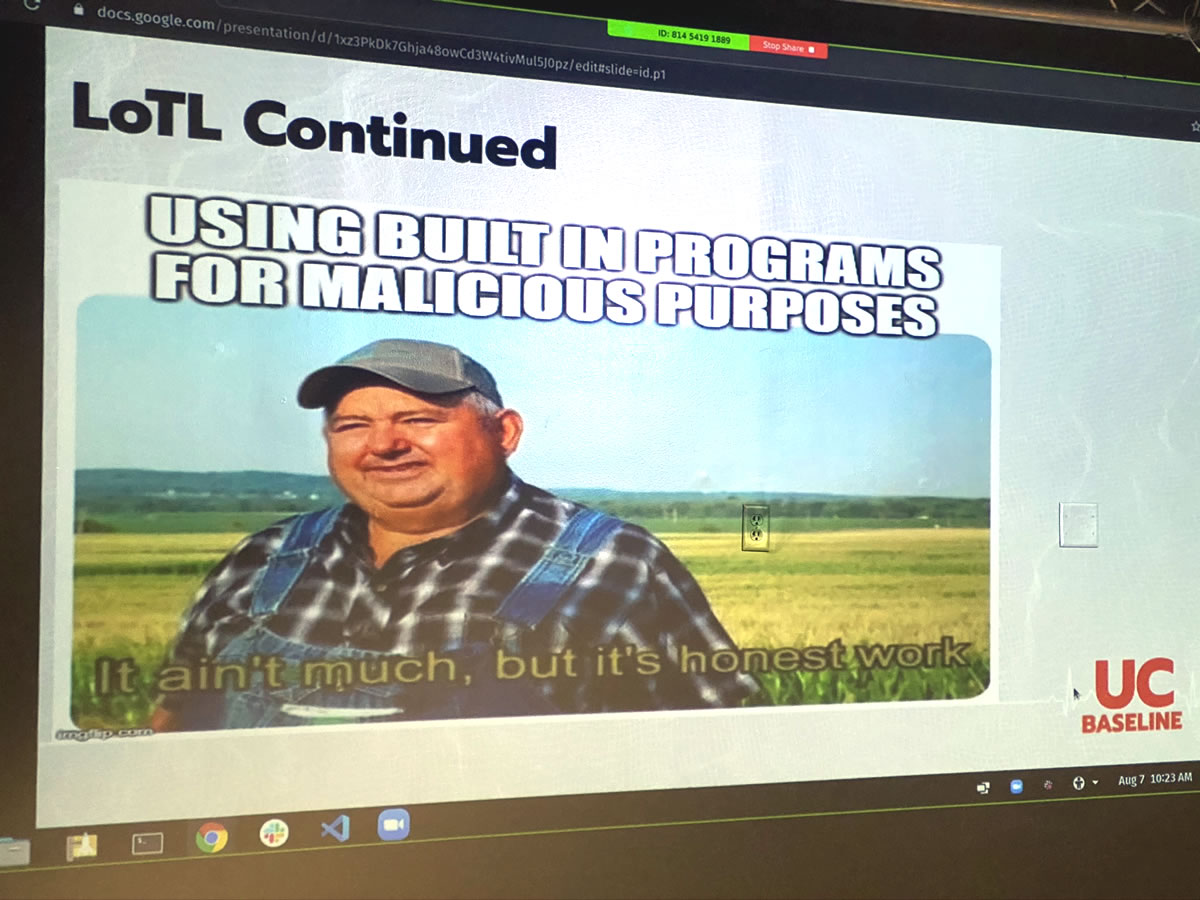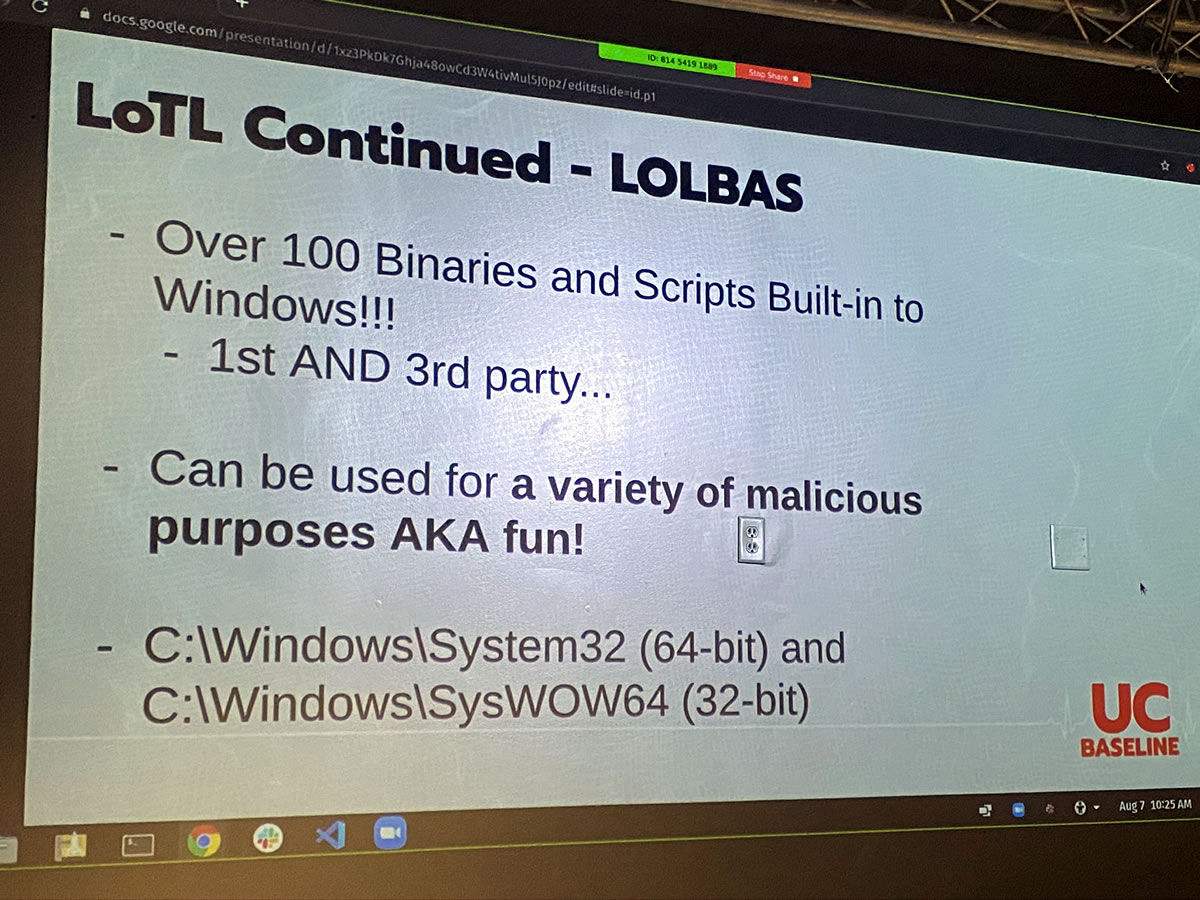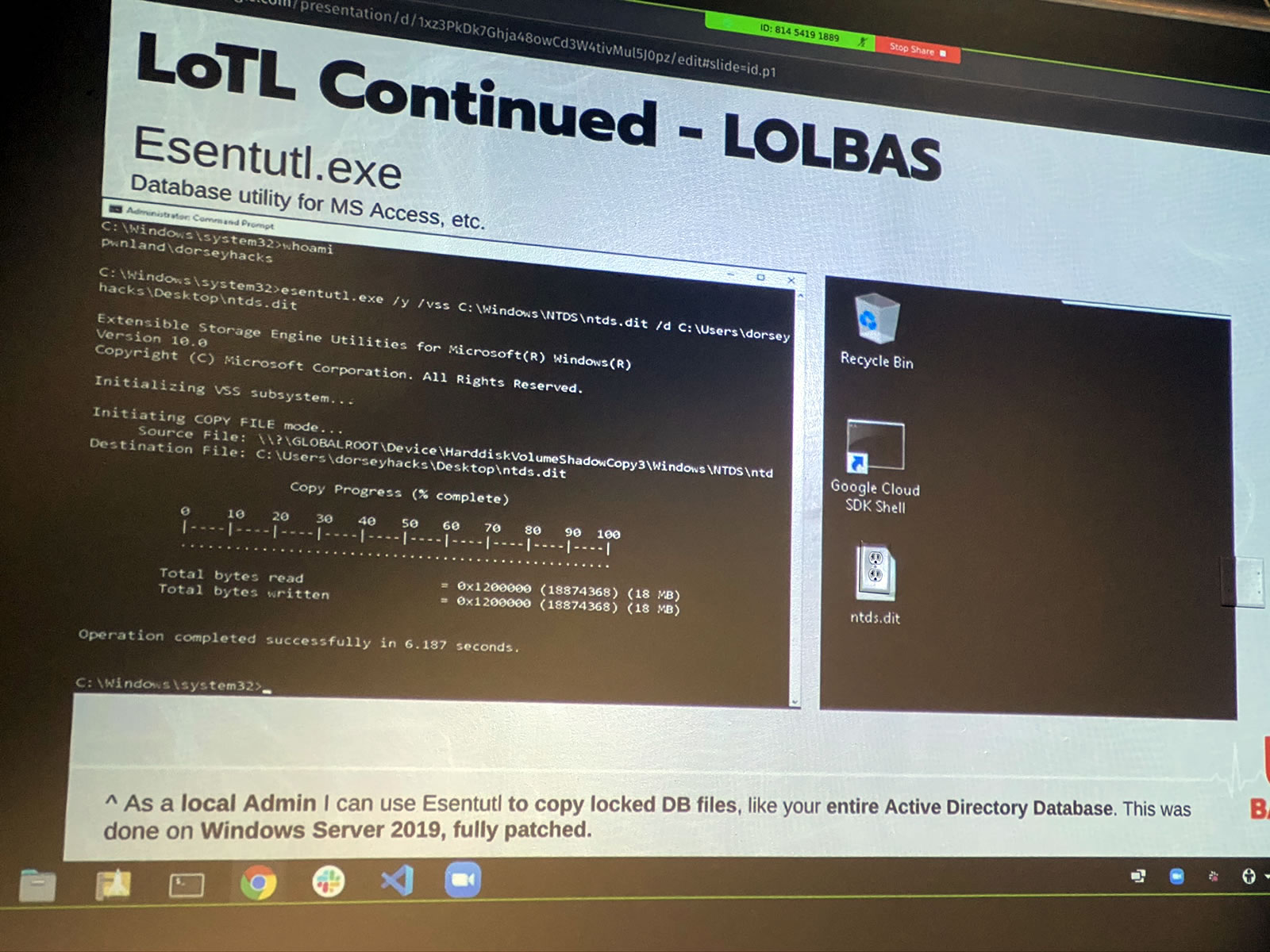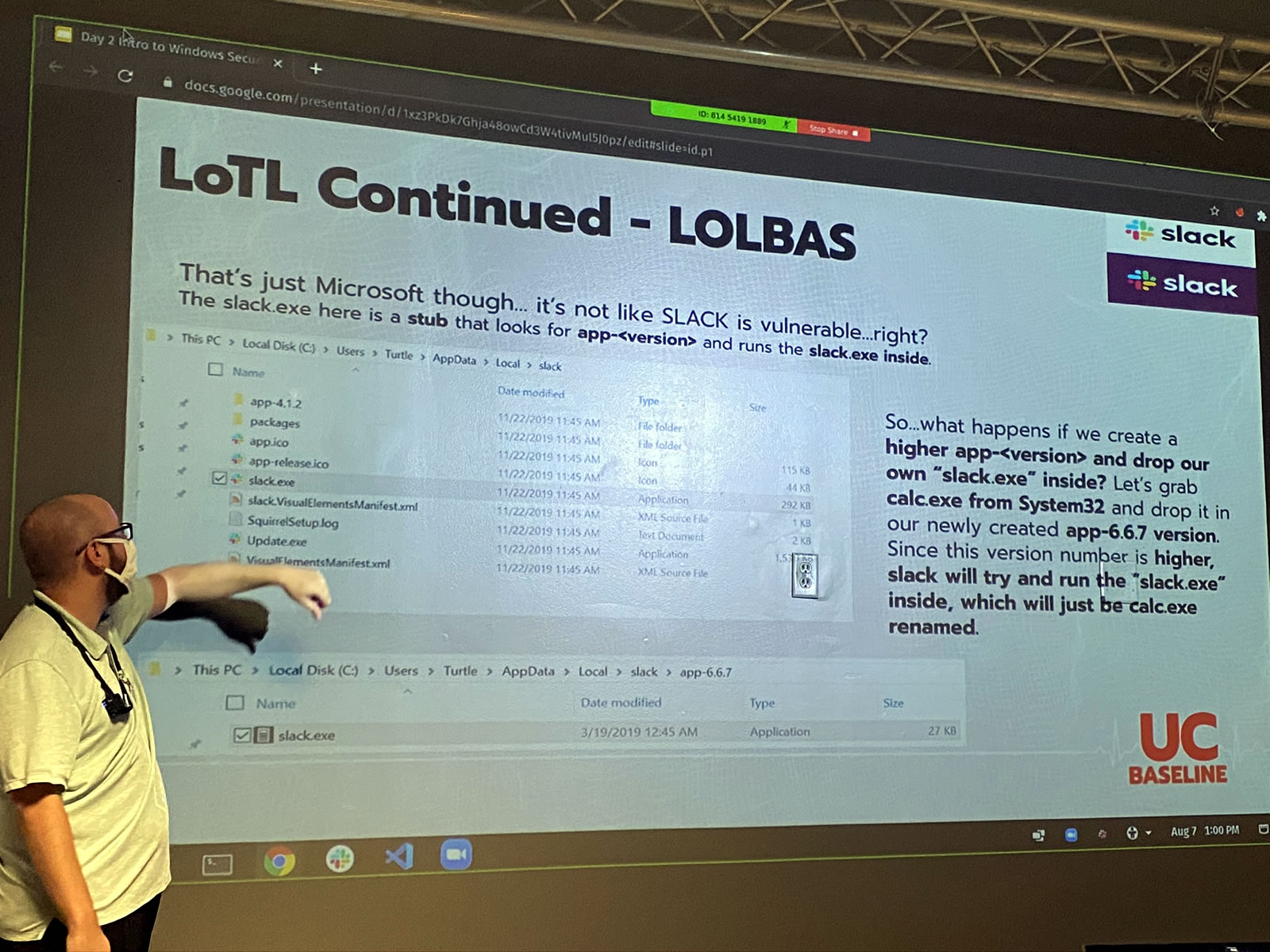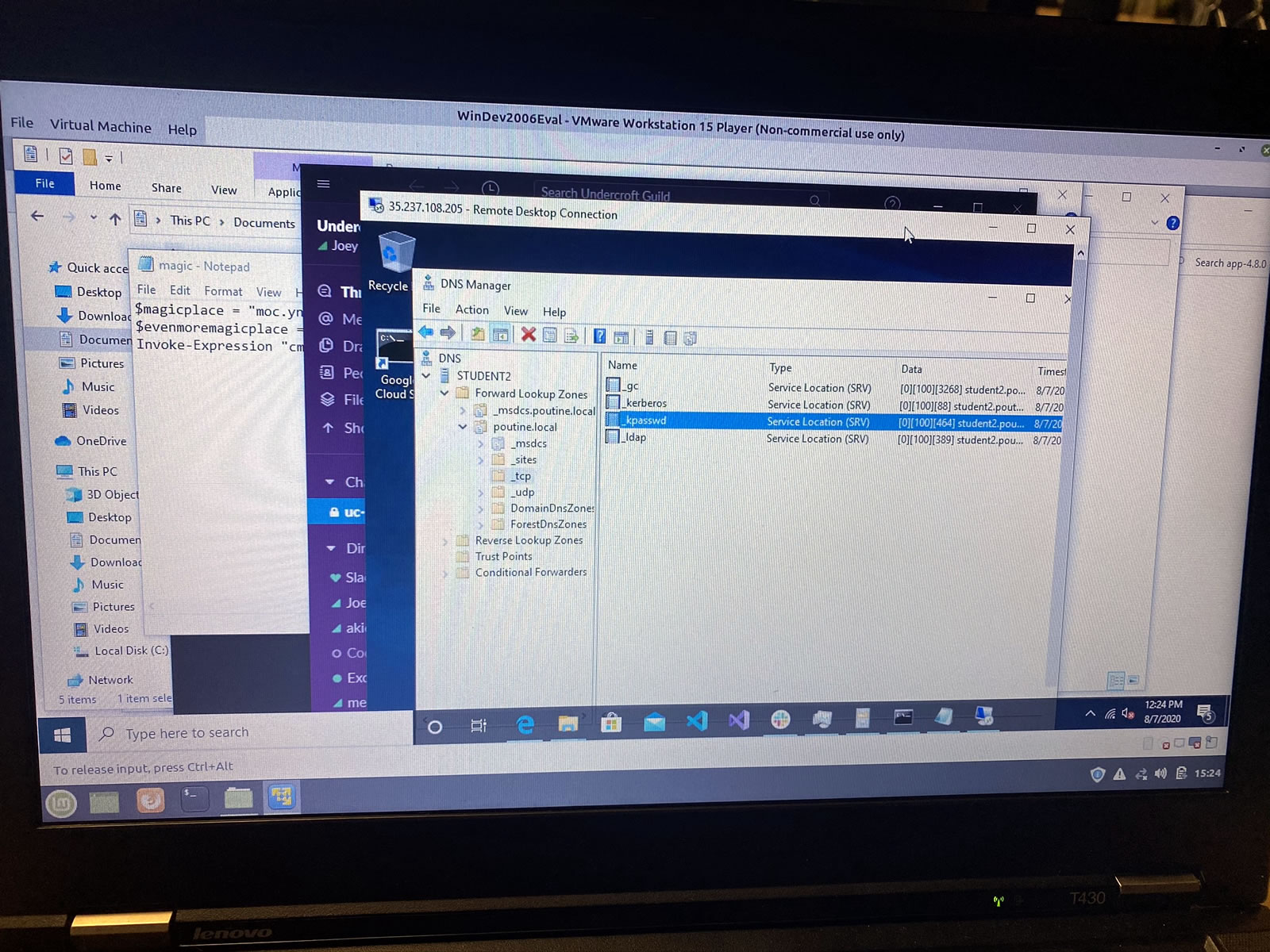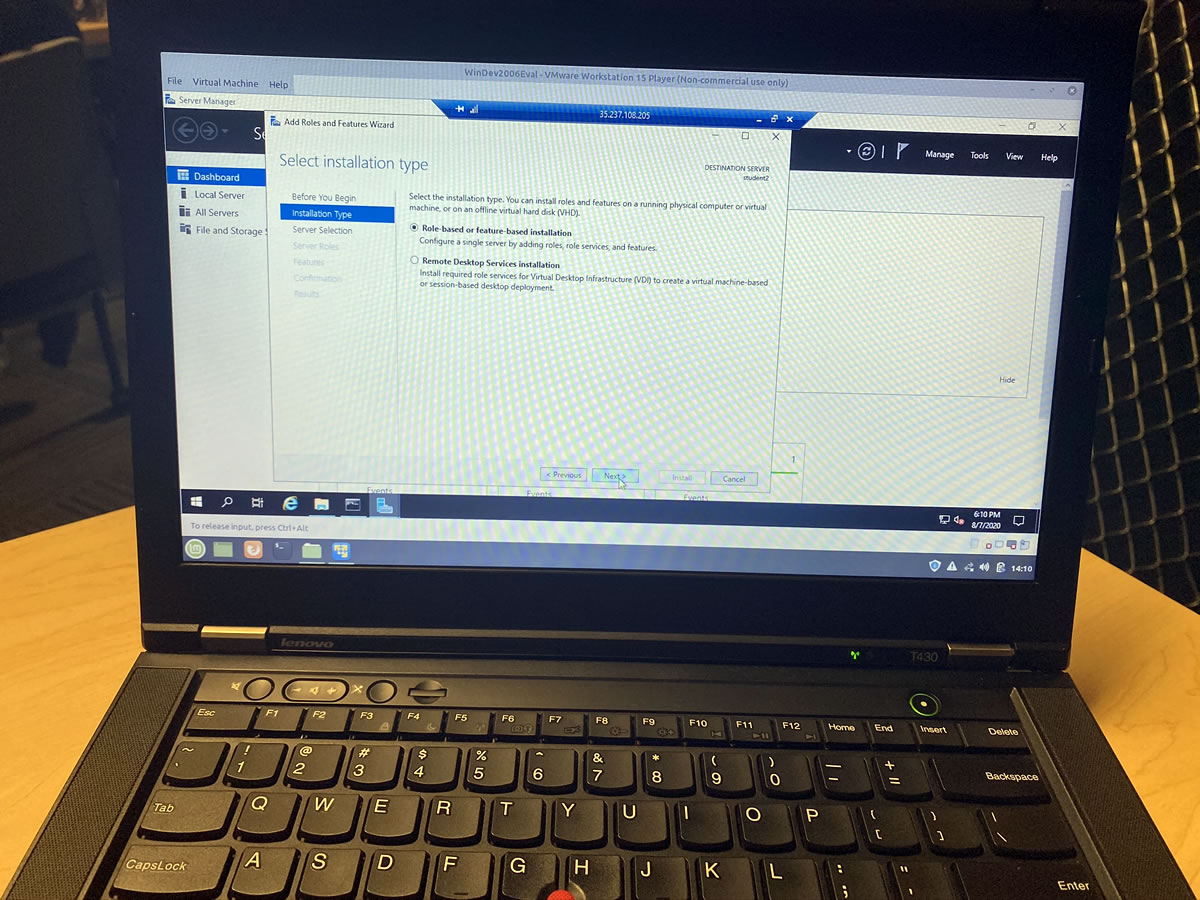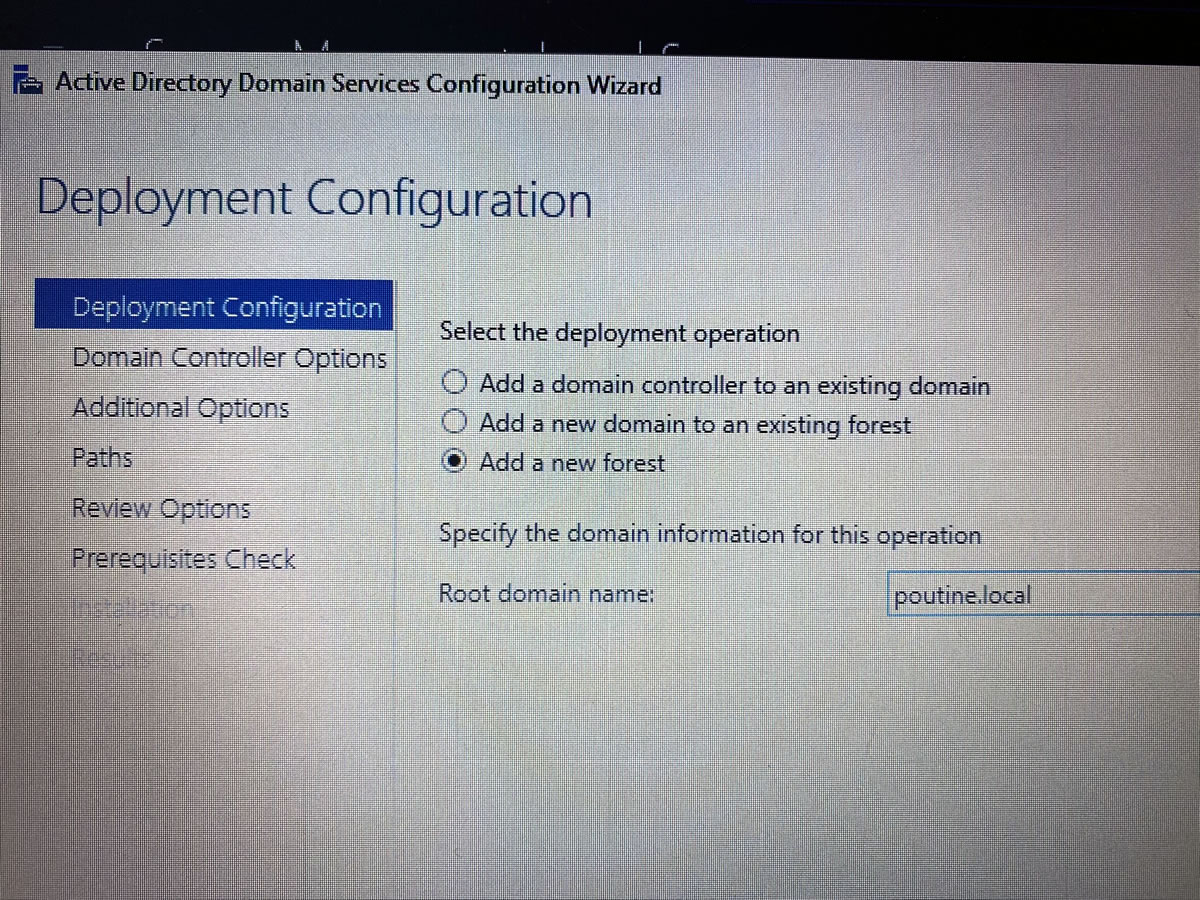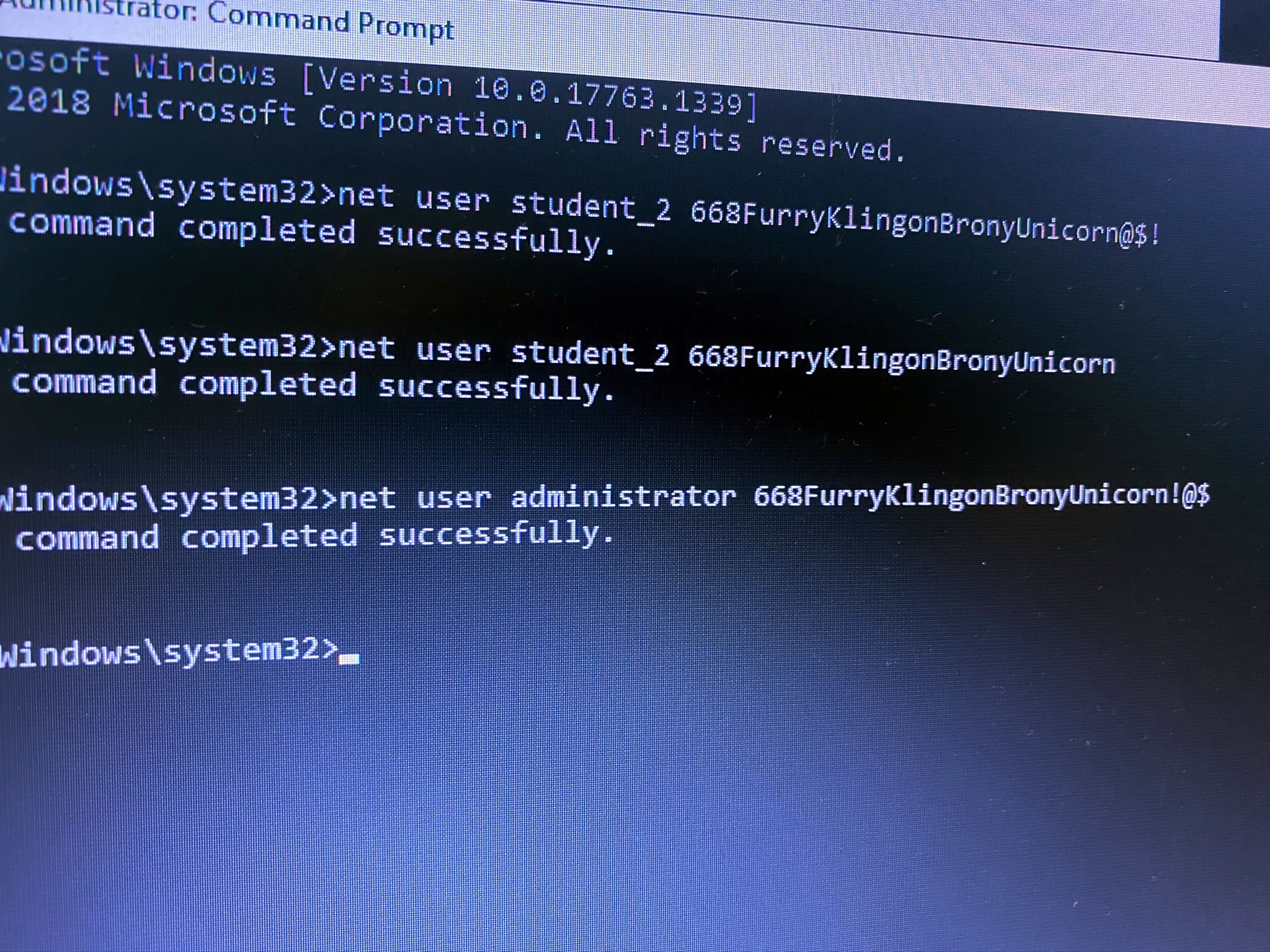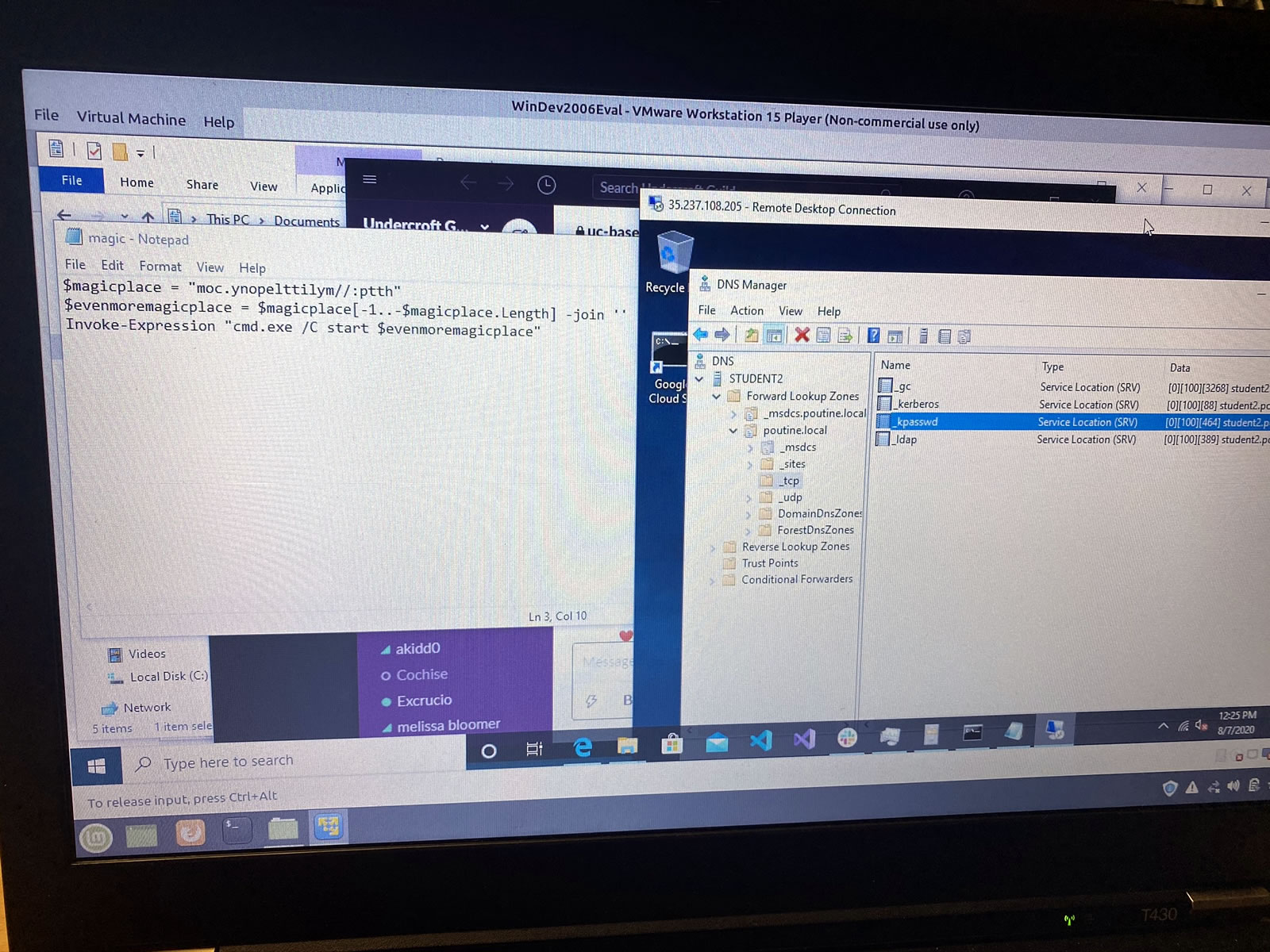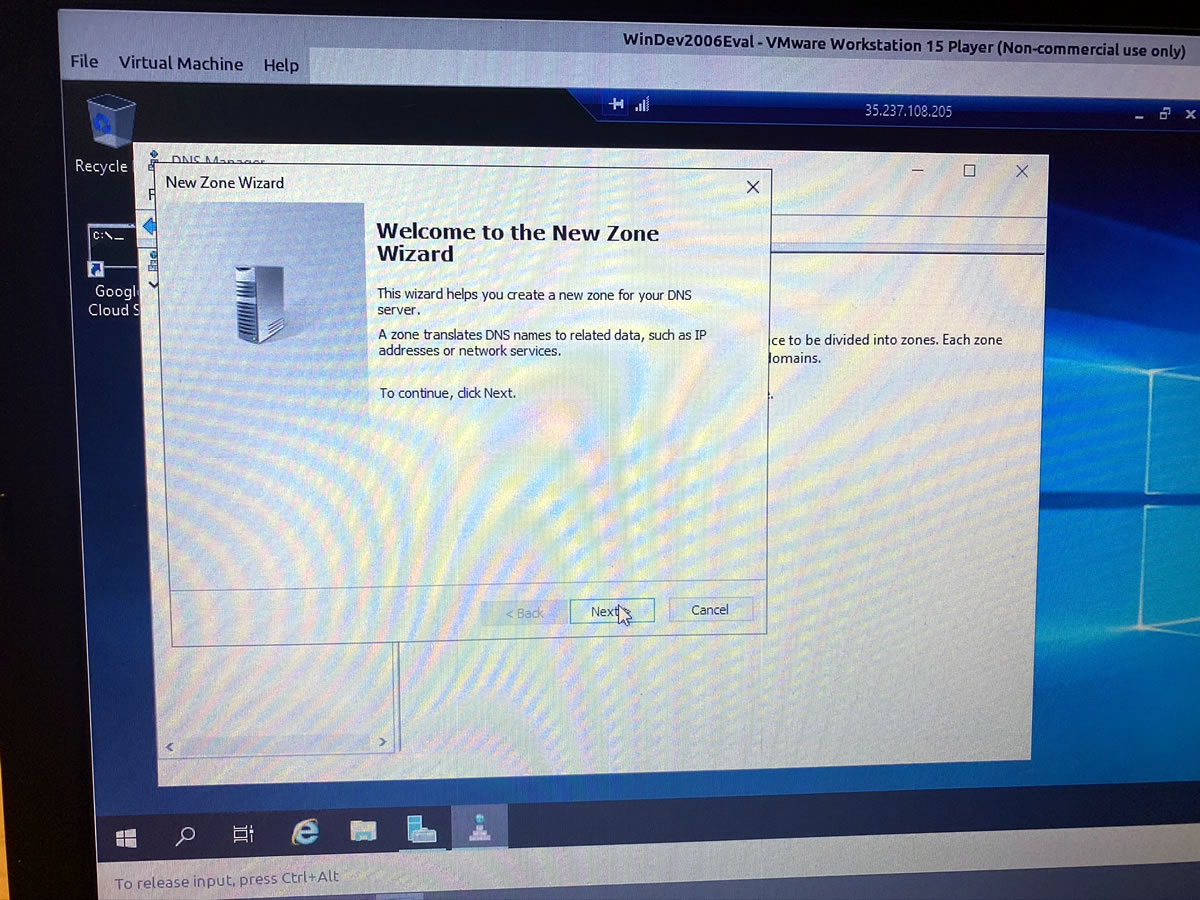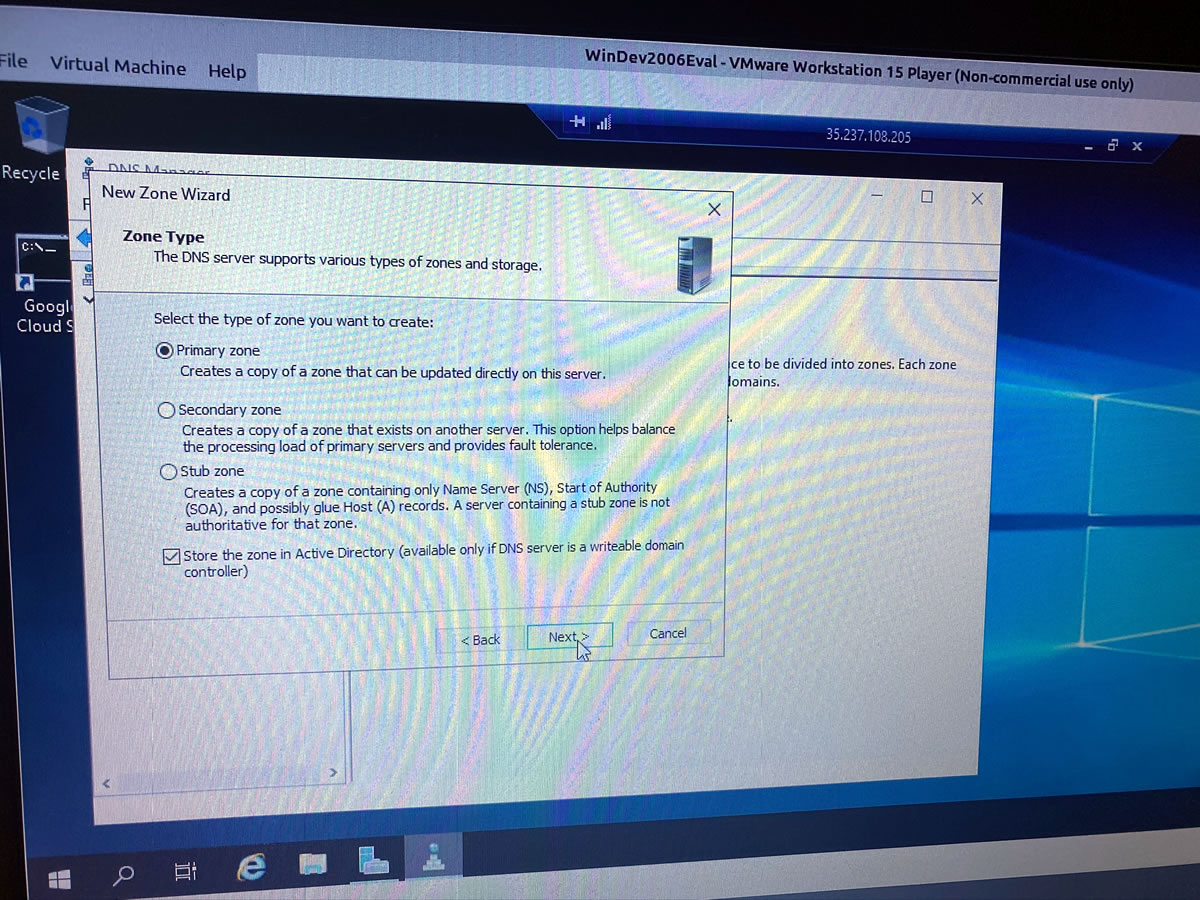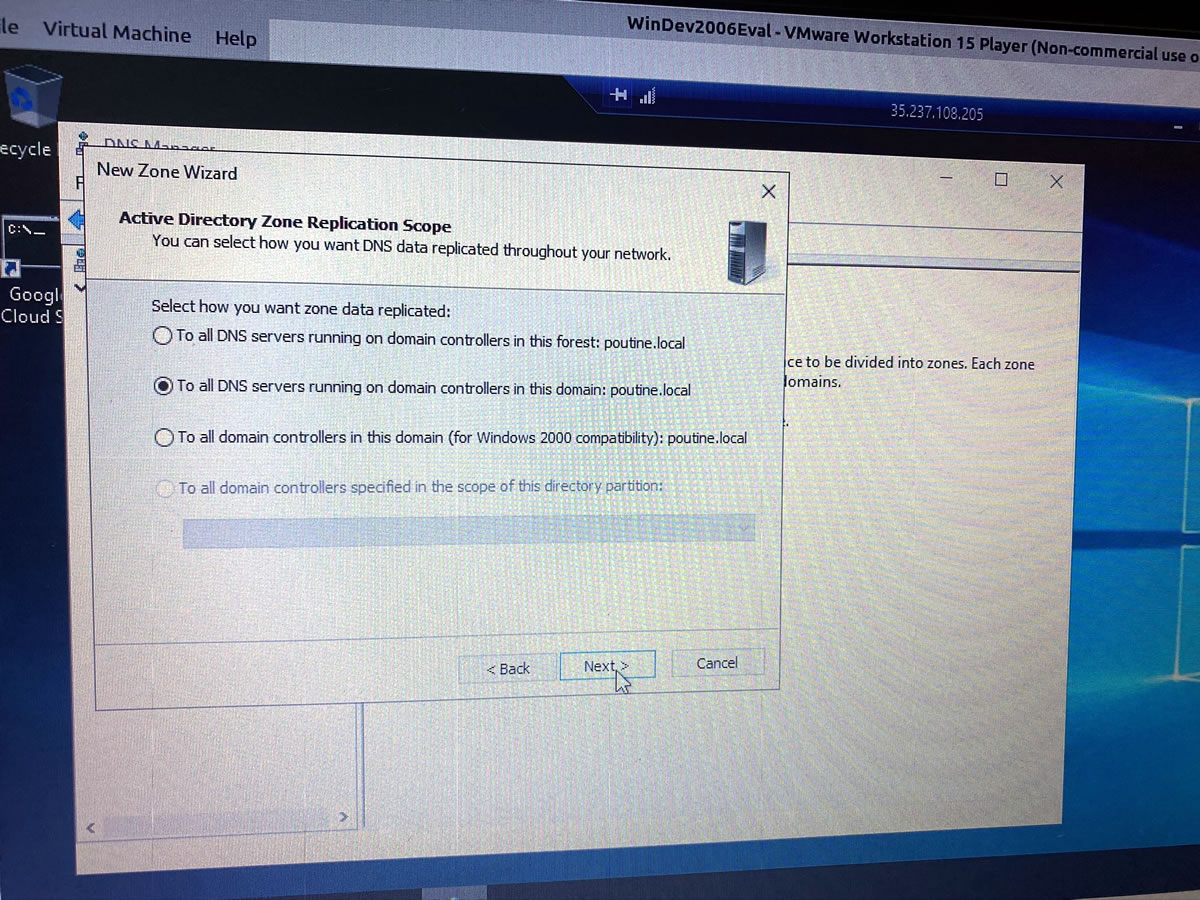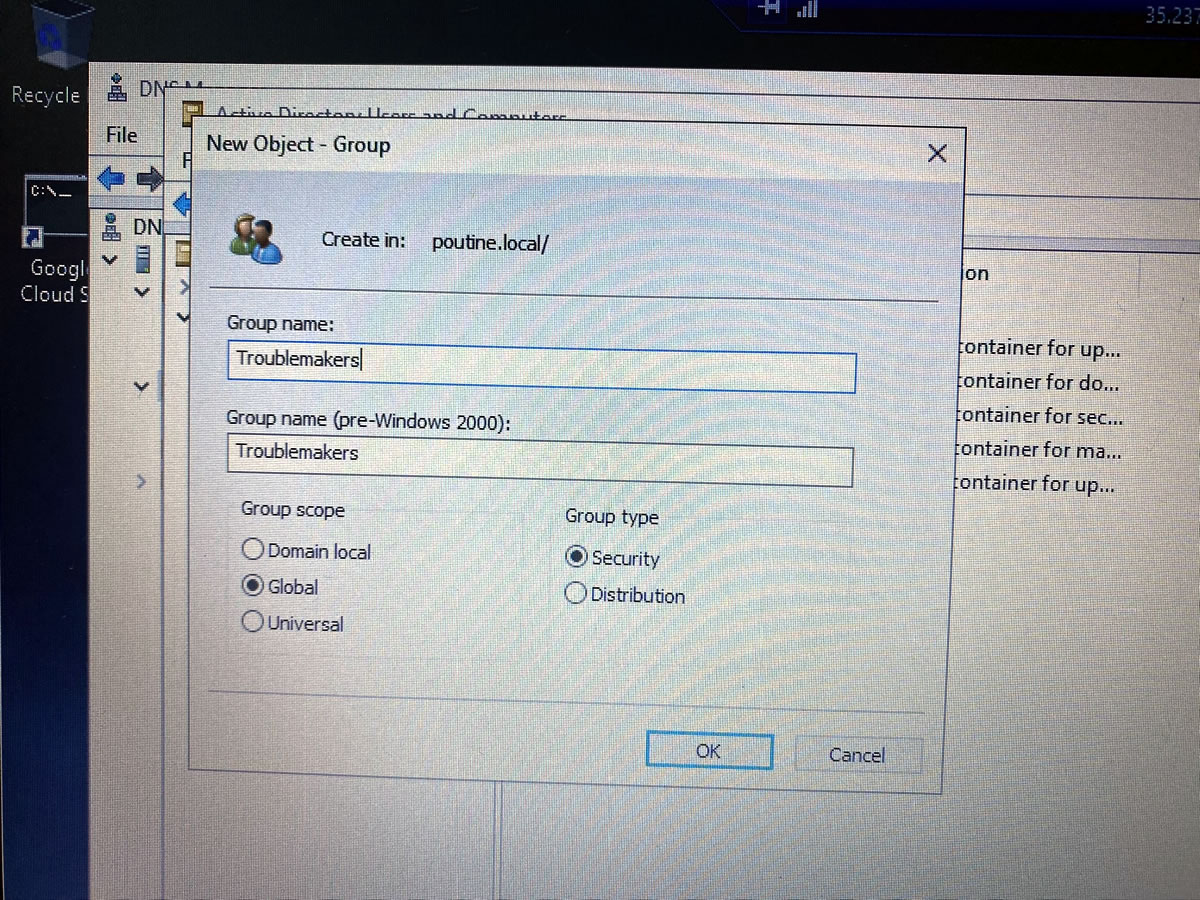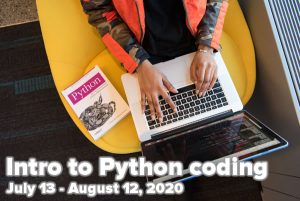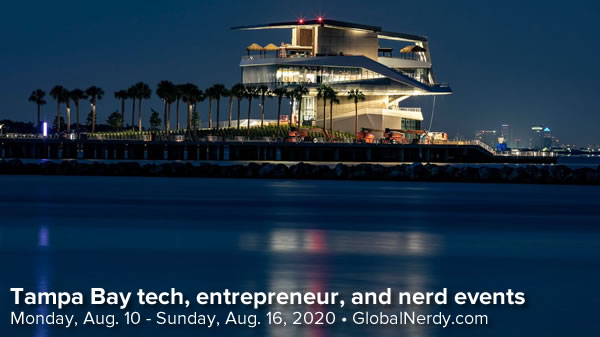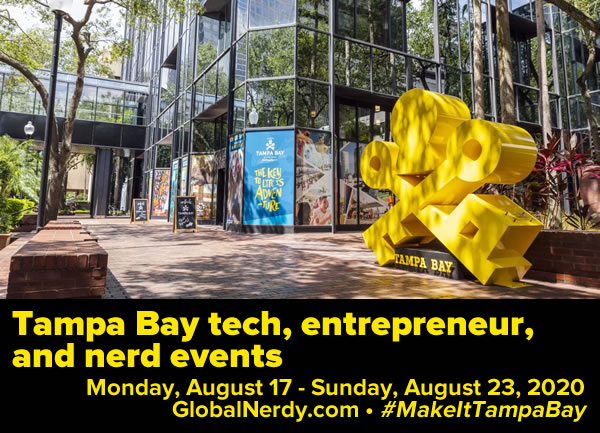
Hello, Tampa Bay techies, entrepreneurs, and nerds! Welcome to the weekly list of online-only events for techies, entrepreneurs, and nerds based in an around the Tampa Bay area.
Keep an eye on this post; I update it when I hear about new events, it’s always changing. Stay safe, stay connected, and #MakeItTampaBay!
Monday, August 17
- Tampa Bay Tech Career Advice Forum — Monday Coffee Talks @ 9:00 AM to 10:00 AM
- Tampa Bay DevOps Meetup — Online TBDevOps monthly meeting: bring your own topic @ 6:30 PM to 8:30 PM
- Toastmasters District 48 — Visit Our Humorous Contest Online!! @ 6:30 PM to 8:00 PM
- South Tampa Toastmasters — Kick Start Your Week Every Monday night Zooming with People Who Inspire! @ 7:00 PM to 8:15 PM
- Pirates of Tampa Bay SOLIDWORKS User Group (POT-SWUG) — POT-SWUG Virtual Meeting @ 7:00 PM to 8:30 PM
- Thinkful Webinar | Free Crash Course: JavaScript Fundamentals @ 9:00 PM to 11:00 PM
Tuesday, August 18
- Tampa Bay Agile — v-Lean Coffee @ 7:30 AM to 8:30 AM
- South Fl Public Relations and Marketing — Virtual Networking Breakfast @ 7:30 AM to 9:00 AM
- Tampa Bay Tech Career Advice Forum — Uncover the Hidden Job Market @ 3:00 PM to 4:30 PM
- Tampa Bay Connections — Virtual Speed Networking Tuesday’s 5pm to 7pm ~ door prizes! @ 5:00 PM to 7:00 PM
- Blacks in Technology – Central Florida Chapter — BIT Tech Talk (#001) – Intro to Software Dev. @ 5:30 PM to 6:30 PM
- Agile Mindset Book Club — Collaboration Explained by Jean Tabaka, Book Club Discussion (4 parts)
- Tampa Hackerspace — Online Weekly Open Make Night @ 6:00 PM to 10:00 PM
- Tampa Apache Kafka® Meetup by Confluent — Kafka Streams: Revisiting the Decisions of the Past @ 6:00 PM to 7:30 PM
- The Saint Petersburg Book Club Meetup Group — August Book Club @ 6:30 PM to 9:30 PM
- Tampa Investor/Training Meetup — Tampa Bay Investor Training @ 6:30 PM to 9:30 PM
- New Port Richey WordPress — Hangout: Virtual August Get Together @ 7:00 PM to 9:00 PM
- Shut Up & Write!® Tampa — Online Event: Shut Up & Write on Zoom @ 7:45 PM to 9:15 PM
- Code Katas w/ Seattle JS Hackers [Virtual] @ 8:30 PM to 11:30 PM
Wednesday, August 19
- Tampa Bay Connections — Business over Breakfast Tampa Bay @ 7:30 AM to 9:00 AM
- South Fl Public Relations and Marketing — Virtual Networking Breakfast @ 7:30 AM to 9:00 AM
- AWS User Groups of Florida – Tampa — Exploring Contact Lens and Amazon Connect @ 12:00 PM to 1:00 PM
- Snowflake Users Group – Fastest Cloud Data Warehouse — Security Controls in Snowflake with Satori Cyber @ 12:00 PM to 1:00 PM
- Tampa Bay Agile — Heart of Agile Weekly Coffee Corner @ 12:30 PM to 1:45 PM
- Continuous Improvement Network (CI Net) — C.I.NET MeetUp @ 6:00 PM to 7:00 PM
- The Suncoast Linux Users Group — Inaugural Virtual SLUG Meeting @ 6:00 PM to 9:00 PM
- Tampa Startup Founder 101 — How to Launch a Startup with NASA Technology (Online Event) @ 7:00 PM to 8:00 PM
- Carrollwood Toastmasters Meetings now conducted Online using Zoom @ 7:00 PM to 8:30 PM
- Tampa Bay Blockchain Meetup: News, Markets, & Community @ 7:00 PM to 9:00 PM
Thursday, August 20
- South Fl Public Relations and Marketing — Virtual Networking Breakfast @ 7:30 AM to 9:00 AM
- cYbor Security Meetup — UC Baseline: Get a Job @ 9:00 AM to 5:00 PM EDT
- Tampa Bay Tech Career Advice Forum — The Job Seekers Lunch Hour @ 12:00 PM to 1:30 PM
- Microsoft Tech Talks (MTT) — IoT: Things, Insights & Actions! @ 1:00 PM to 2:30 PM
- Network After Work Tampa – Networking Events — Network After Work Virtual Networking @ 2:00 PM to 4:00 PM
- Free Video Production Classes – TV/Internet — YouTube Basics (ONLINE CLASS) – FREE for Hillsborough County Residents @ 3:00 PM to 4:00 PM
- Tampa Startup Founder 101 — Growth Strategy for Product Development in the Time of COVID19 (Online Event) @ 4:00 PM to 5:00 PM EDT
- Tampa Tech and Beer — Community Connect |The Future of the Automotive Industry @ 5:00 PM to 6:00 PM
- Prospera — Estructuras Legales y Contables / Legal and Accounting Structures @ 6:00PM to 7:30PM
- Tampa SEO & Internet Marketing Meetup with Steve Scott — Surefire Ways to Ramp up Your Website Leads @ 6:00 PM to 7:30 PM
- cYbor Security Meetup — Countering the Cyber Threat to Critical Infrastructure @ 6:00 PM to 8:00 PM
- Tampa Bay AWS User Group — Introduction to Machine Learning by Shashank Prasanna – AWS Developer Advocate @ 6:00 PM to 8:00 PM
- Tampa Hackerspace — Online 3D Printer Deltamaker Orientation (members only) @ 7:00 PM to 8:30 PM
Friday, August 21
Saturday, August 22
- Pinellas Writers — Critiquing Session: Read Your Work Aloud To Receive Advice & Suggestions @ 9:30 AM to 12:00 PM
- GDG Suncoast — From zero to app: live-coding Firebase & StackBlitz – Frank van Puffelen @ Google @ 12:00 PM to 3:00 PM
- Tampa-Orlando Software QA/DEV Meetup — Mock Interviews with Hiring Managers for Software QA Positions @ 2:00 PM to 4:00 PM
Sunday, August 23
Do you have an upcoming event that you’d like to see on this list?
If you know of an upcoming event that you think should appear on this list, please let me know!
Join the mailing list!
If you’d like to get this list in your email inbox every week, enter your email address below. You’ll only be emailed once a week, and the email will contain this list, plus links to any interesting news, upcoming events, and tech articles.
Join the Tampa Bay Tech Events list and always be informed of what’s coming up in Tampa Bay!
